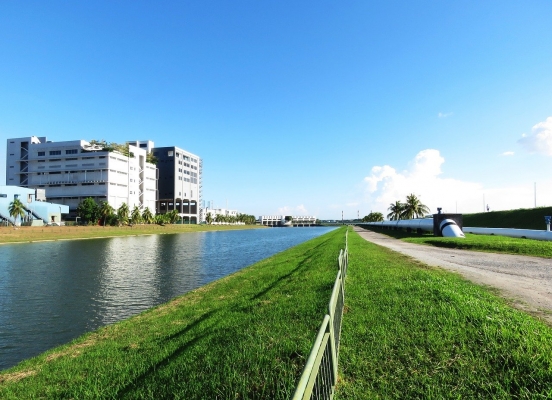Cleaner Production Process
Generally, industrial production can have a significant impact on the environment. This certainly depends on the type of industry and the type of goods it produces. However, it also depends on the production methods and processes. Apart from varied usage of resources and energy, industrial production has side effects such as waste generation, affluent generation, heat generation, generation of polluting and green house gases, noise generation, etc. Integrated preventive measures in the form of designing and implementing cleaner production processes can significantly minimize such side effects. Consequently, this can help reduce the environmental impacts of industries and also help in increasing the efficiency of resource usage for production in industries.
The concept of this Production was proposed by United Nations Environment Program (UNEP) and United Nations Industrial Development Program (UNIDO). Since 1994 this is being supported by UNIDO across countries in Europe, Asia, Africa. Central and Latin America through the operation of National Cleaner Production Center Programs with government and industrial partners. This involves the dissemination of relevant information that can be used for cleaner production, plant and industrial assessments, policy advice, and help in the transfer of environment-friendly technologies to industries.
This production approach focuses on pollution prevention, waste minimization, use of clean and environmentally friendly technologies, reduction of use and release of toxic chemical substances, and eco-efficiency. This system can be achieved through several steps that cover one or more of several features focusing on sustainability. For example, analysis of material and energy flows (for example, using life cycle analysis methods) and documentation of their consumption helps in looking into the current status of production processes. This makes an important aspect of cleaner production. Better management and housekeeping efforts such as identification of losses caused by mistakes arising from poor training and planning is another significant part of this approach. This is achieved through introducing and developing indicators and assessing them through audits and controls. Choice of types of resources, materials, and energy makes a significant difference towards cleaner production and, therefore, as much renewable materials and renewable energy as possible is substituted for non-renewable materials and non-renewable energy when it comes to this production. Streamlining and automation of processes can help reduce energy (energy efficiency) and resource use (resource efficiency) and also waste generation and, therefore, this plays an important role here.
Finally, reduce, reuse, and recycle philosophy and related waste management strategies form an integrated part of cleaner production. If components can be reused, this can have much positive effect on pollution prevention and resource and energy usage and at the same time-saving costs. This can be done on-site or elsewhere depending on logistical possibilities and cost-efficiency. Eventually, through this production, environmental risks are minimized and the cost of environmental compliance can be reduced significantly. Due to a decrease in overall costs, respective industries can achieve a higher competitive advantage in national and international markets. This can be achieved for diverse industries ranging from manufacturing machinery to consumables to medicines to chemicals, for example, making or using chemical drain cleaner products or fertilizers, etc.
Thus, in a nutshell, cleaner production, by way of focusing on strategies for sustainability, not only has the environmental advantage but also has economic incentives for businesses and eventually benefits stakeholders and society.
To know more, please check Chokhavatia.

